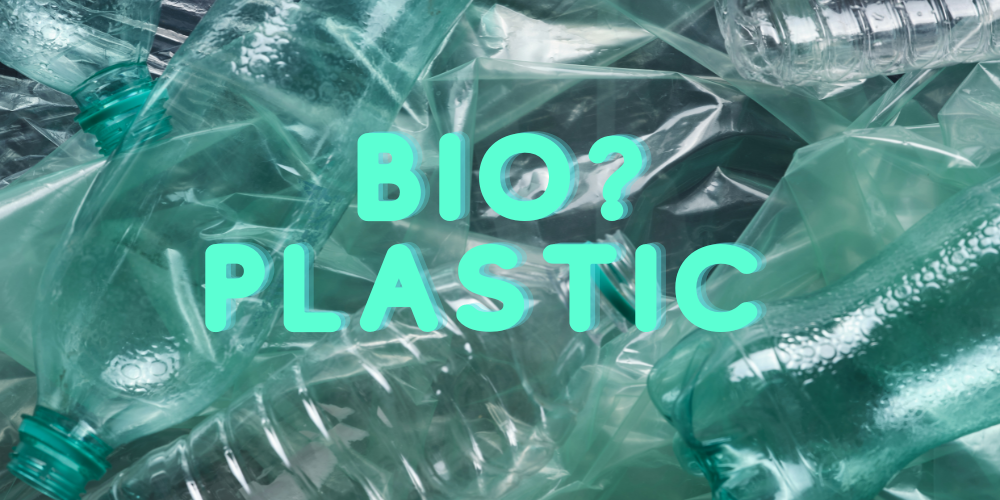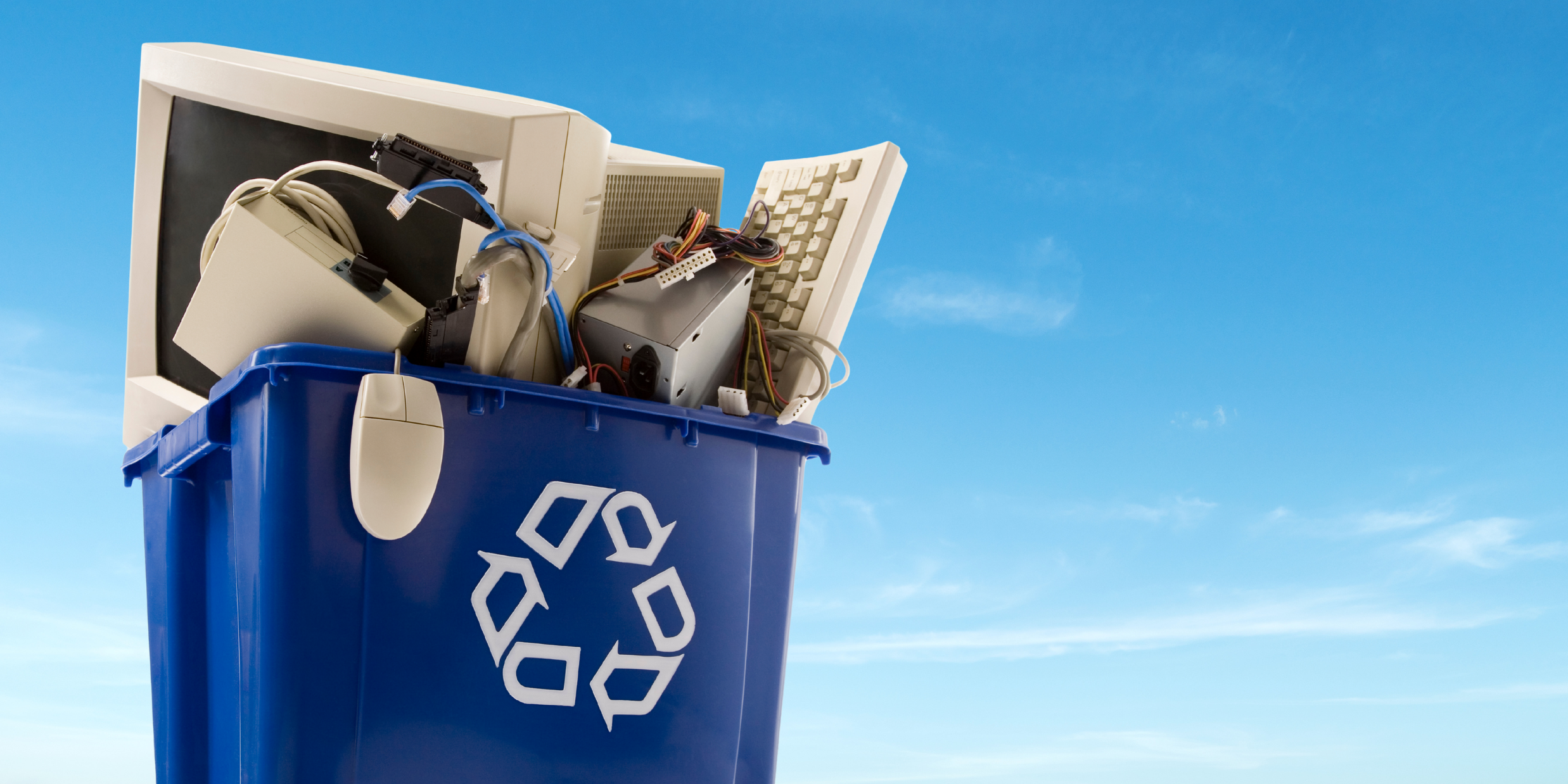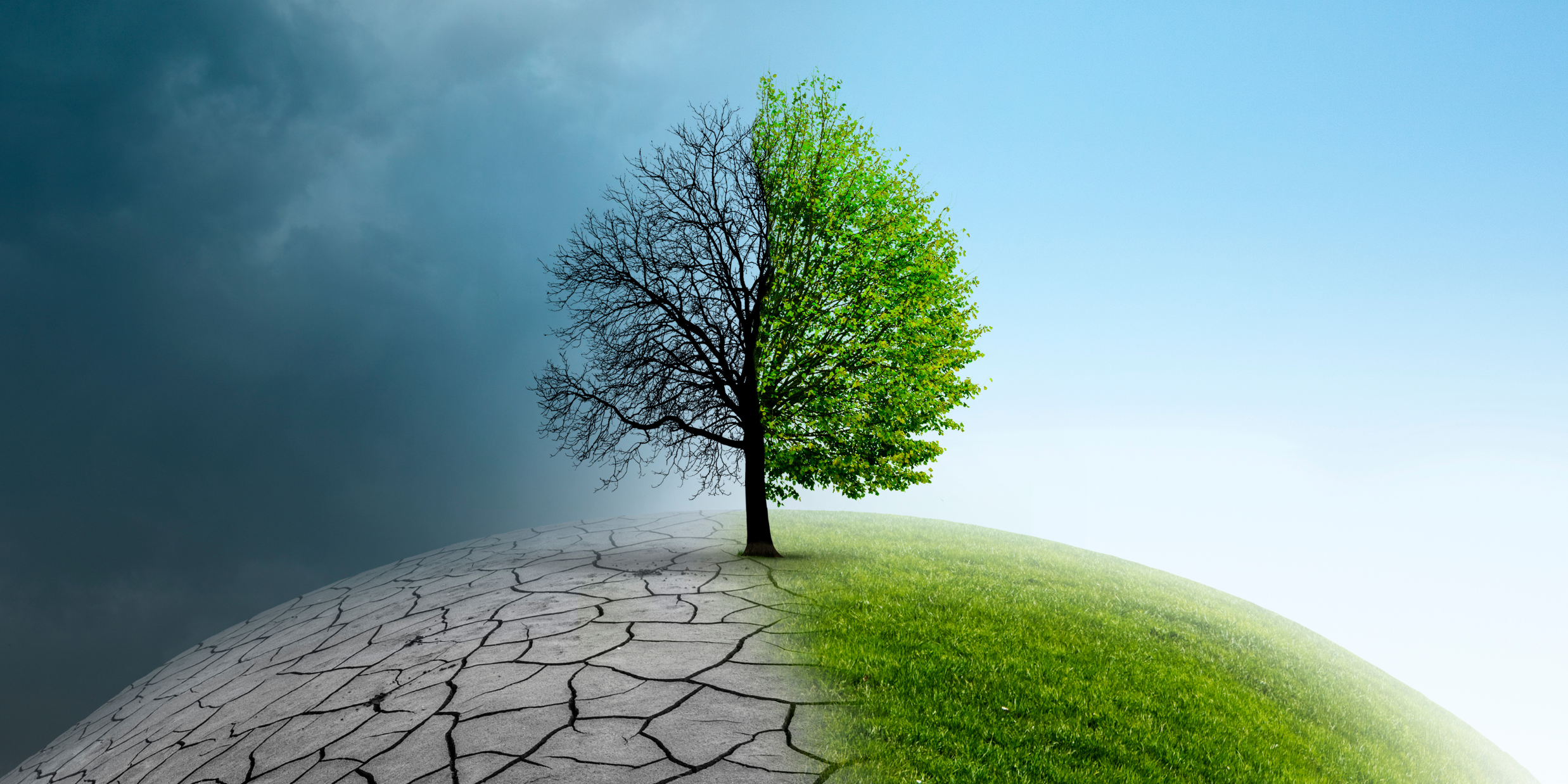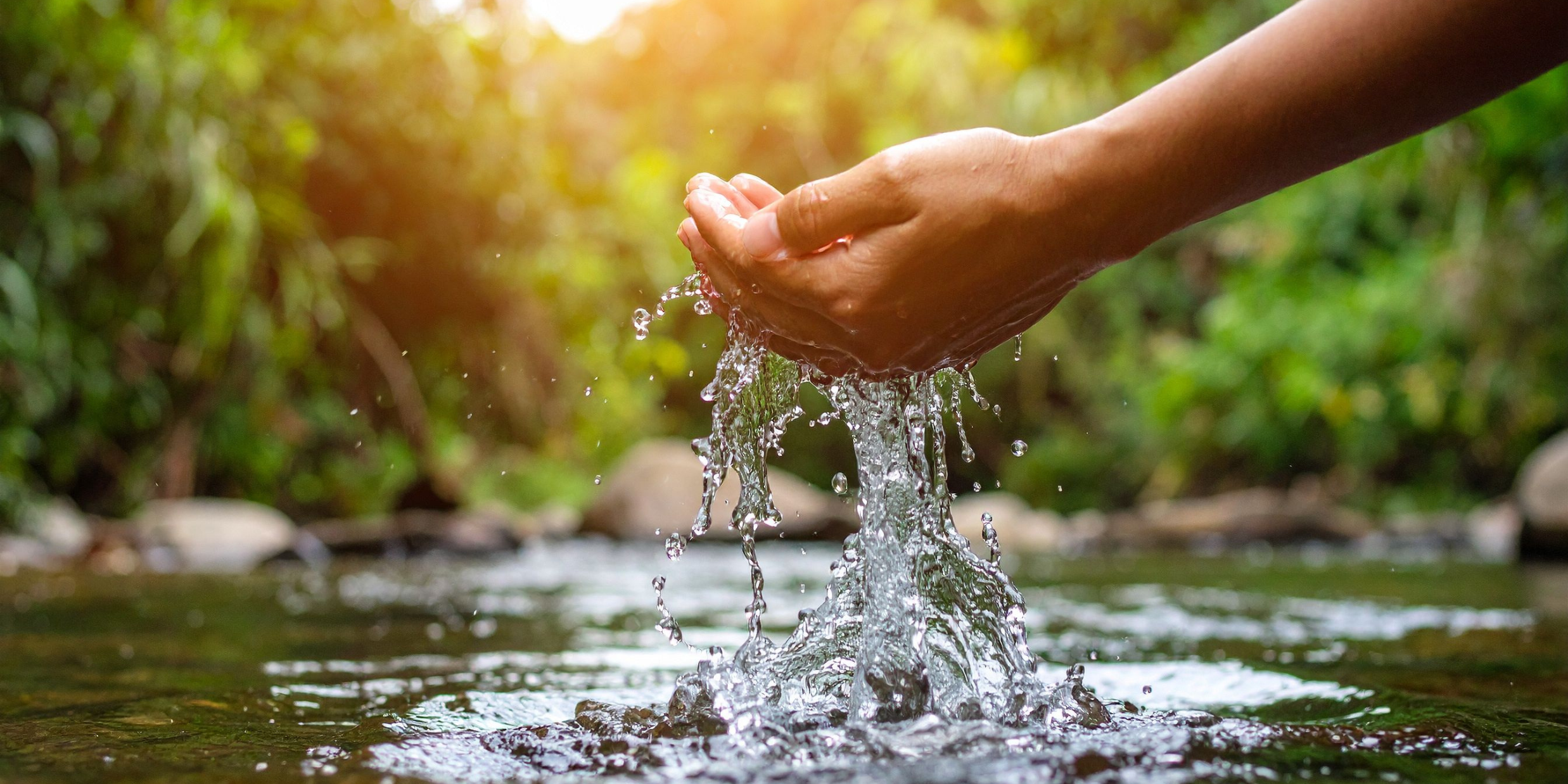In recent years, bioplastics have been hailed as the more eco-friendly alternative to regular plastic. After all, they’re derived from plants–how bad can they really be?
But when you look a little bit further, it’s easy to see that they’re actually not much better than their regular plastic counterparts.
Unfortunately, there’s lots of misinformation about bioplastics, and the “bio” bit doesn’t tell the whole story.
In this article, we’re going to do a deep-dive to see what makes them different from regular plastics–and if they’re any better.
What are bioplastics?
Bioplastic is plastic made using biomass (ie. organic matter) like sugarcane, avocado and corn byproducts.
It’s different from regular plastic, which is made of crude oil, a petroleum product.
On the surface, it might sound like it’s better for the environment to use plants instead of petroleum to make plastic.
But as it turns out, it doesn’t matter what plastic is made of–plastic is environmentally harmful either way.
Somehow, bioplastics are marketed as “eco-friendly”, but they do as much harm–if not, more–than petroleum-based plastics.

Why did bioplastic get the “eco-friendly” label?
Bioplastic has the illusion of seeming eco-friendly because it’s technically biodegradable.
While it may be biodegradable, it still takes a long, long time to break down on its own. This is a problem. (More on that later.)
It can break down quicker in an industrial composting facility. The problem is, most municipalities don’t have the infrastructure to properly break it down.
Bioplastic does break down faster than petroleum-based plastic (which takes about 500-1000 years to break down). But it still takes far too long to break down, and it can cause a lot of environmental harm in that time.
So while bioplastic is biodegradable, it isn’t necessarily compostable.
Biodegradable vs. compostable: what’s the diff?
The terms “biodegradable” and “compostable” are often used interchangeably, but they’re actually very different from each other.
Compostable materials break down within 90 days. Biodegradable materials can break down, but only in an industrial composting facility.
Materials are only truly compostable if you can throw them in your backyard compost pile and they become worm food within a few months!

What are some issues with bioplastic?
On the surface, bioplastic seems more eco-friendly than regular plastic. Because it’s made of plants, it’s easy to assume that it breaks down easily.
But bioplastic is plastic, after all. And plastic molecules don’t break down easily.
Here are some issues with bioplastic that make it environmentally harmful.
Contaminates recycling
Oftentimes, people mistake bioplastic for regular plastic and toss it in the recycling bin. This is a problem because bioplastic and regular plastic can’t be recycled in the same way. They require two different disposal treatments.
Sorting machines at disposal facilities can’t tell the difference between regular plastic and bioplastic.
When large amounts of bioplastics get mixed in with batches of regular plastic, the batch becomes contaminated. Contaminated batches get sent to landfills.

Not backyard compostable
You can’t toss bioplastic into your backyard composter the way you can with banana peels and spent coffee grounds. If you did, it would take over a decade for it to break down!
Bioplastic needs high heat and the right levels of oxygen to break down. These are conditions your backyard compost heap or tumbler can’t provide.

Creates the same amount of pollution
A study from the University of Pittsburgh suggests that bioplastic actually creates more pollution and land degradation than regular plastic. Growing crops to make biomass uses a lot of land, water, chemical fertilizer, and pesticides.
Crops that could be used to feed people are instead being used to make more plastic.
Some bioplastic is made from leftover biomass, such as pulp from sugarcane processing. However, most bioplastic is made from corn grown on monocrops.

Just as toxic as regular plastic
A study suggests that bioplastic is just as toxic as regular plastic.
A team of researchers out of Frankfurt, Germany studied 43 different bioplastics and discovered that they contained many of the same chemicals as regular plastic. Some of these chemicals are endocrine disruptors.
Harms wildlife
Just like regular plastic, bioplastic harms wildlife when it enters landfills and oceans.
Animals that hang around landfills often mistake it for food, eating it and starving to death.
Plastic also harms marine life when it enters oceans–particularly plastic straws. Due to their shape, plastic straws often impale animals, killing and injuring them.
In 2015, a YouTube video surfaced of a sea turtle with a straw lodged up its nose. This caused a public outcry from activists and environmentalists who called on the government to enforce plastic straw bans.
It’s clear that plastic straws–whether bioplastic or petroleum-based–need to go.

What are some (bio)plastic-free straw options?
When it comes to bioplastic or plastic-free straws, there are 3 main options: paper, stainless steel, and plant stems.
Paper straws
Paper straws are more eco-friendly than bioplastic straws because they break down quickly. If they do end up in the landfill, they’re not likely to injure wildlife.
Unfortunately, paper straws get soggy in drinks very quickly, and they’re not suitable for hot drinks.
They’re also often bleached, which makes them non-compostable (not to mention, unhealthy for the drinker!).
Stainless steel straws
Stainless steel straws are a great plastic-free option. They don’t get soggy in drinks, and they’re endlessly reusable. They’re a great personal option for people visiting cafes and bubble tea shops.
However, they’re not a great option for restaurants and bars. They’re expensive, they’re not disposable, and they’re tricky to clean in large numbers.
Plant stem straws
Plant stem HAY! Straws made from wheat stem or reed stems are perhaps the best plastic-free straw option.
Not only are they compostable, they’re also durable and don’t get soggy in hot or cold drinks.
They’re simply a wheat stem or reed stem that’s been cleaned and cut to size–no bleaching required.
Plant stem straws are a great option for restaurants, bars and cafes because they’re disposable without taking a toll on the environment.
Our sister company Hay! Straws make straws and stirrers from wheat stems or reed stems, and they come in all shapes and sizes. Bamboo cutlery is also available and makes a great natural alternative to single-use plastic utensils.

The Takeaway
At the end of the day, bioplastic is still plastic, and plastic poses multiple threats to the environment. Just because it’s biodegradable doesn’t make it environmentally friendly.
Single-use plastic waste poses a huge threat to ecosystems and the animals that live in them. Opt for reusable items whenever possible and try to find natural, compostable alternatives to (bio) plastics.
Written by Leslie Armstrong






Share:
Why is composting good for the environment?
Effective Tips to Keep Wisdom Teeth Clean